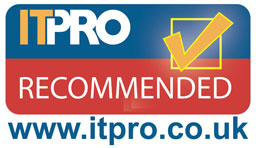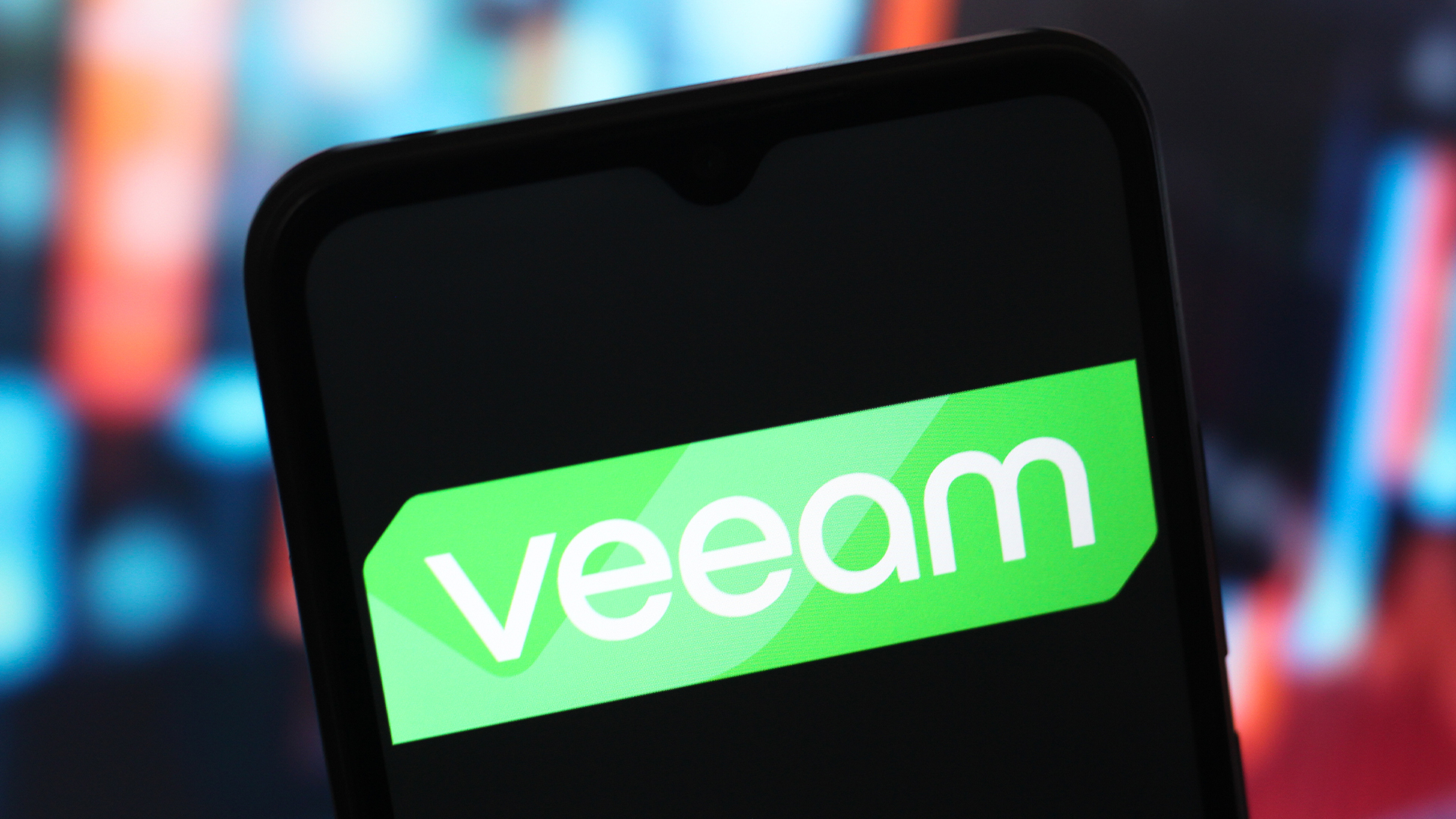HP StorageWorks RDX Removable Disk Backup review
HP’s compact removable disk system offers small businesses a fast and affordable backup solution – has tape finally had its day?
The RDX is an innovative removable media solution that looks a far better alternative to tape for SMB backup operations. HP ought to offer a SATA version as that would perform better than USB 2.0, but even without, it’s much faster than equivalent tape drives for backup or restore operations and far more affordable.

As disk based backup becomes far more acceptable across a wide range of businesses it looks like the writing is on the wall for the venerable tape drive.

The key driving force has been the massive increase in disk drive capacities over the past few years along with a commensurate drop in storage costs.
HP's StorageWorks RDX takes advantage of the fact that 2.5in. small form-factor hard disks are now a viable and affordable option for backup. The RDX offers a simple, removable media solution that enables off-site backup to be brought into the equation.
It consists of a compact chassis with a USB 2.0 port, whilst the SFF disks are mounted inside sturdy removable cartridges. On review is the external model but HP offers an internal USB 2.0 version as well SATA is not currently an option.
The chassis is very well built and the cartridges are rated as capable of shrugging off a drop onto a hard surface from one metre. The kit on review includes a 160GB disk cartridge but HP also offers 320GB and 500GB versions. Either way, you can pick the cartridge capacity to suit your current needs and move up to the larger ones as and when required.
Another big advantage over tape is backward and forward compatibility as the RDX cartridge form factor is standardised. The chassis will accept the next generation of higher capacity cartridges and work happily with media that would have been available when RDX was originally launched a few years ago.
One problem with hard disks is their lack of hot-swap support as unless you have them connected to a RAID controller you'll need to power the host system down first. HP has neatly solved this conundrum as its RDXMon monitoring service enables the cartridge eject button to work under Windows. When you hit the button it releases the drive , permitting it to be safely removed and replaced whilst Windows is running.
Sign up today and you will receive a free copy of our Future Focus 2025 report - the leading guidance on AI, cybersecurity and other IT challenges as per 700+ senior executives
HP also provides a simple diagnostic utility that scans the host system for supported devices and shows the currently loaded cartridge. It provides details of the device and cartridge, offers a firmware upgrade tool and runs read/write tests.
For testing we installed the RDX on a Boston Supermicro dual 3GHz Xeon 5160 system loaded with Windows Vista SP1. With the RDXMon utility installed, the drive is seen by Windows as a simple removable media device and cartridges automatically appear ready for use a couple of seconds after loading.
Dave is an IT consultant and freelance journalist specialising in hands-on reviews of computer networking products covering all market sectors from small businesses to enterprises. Founder of Binary Testing Ltd – the UK’s premier independent network testing laboratory - Dave has over 45 years of experience in the IT industry.
Dave has produced many thousands of in-depth business networking product reviews from his lab which have been reproduced globally. Writing for ITPro and its sister title, PC Pro, he covers all areas of business IT infrastructure, including servers, storage, network security, data protection, cloud, infrastructure and services.
-
 So much for ‘trust but verify’: Nearly half of software developers don’t check AI-generated code – and 38% say it's because it takes longer than reviewing code produced by colleagues
So much for ‘trust but verify’: Nearly half of software developers don’t check AI-generated code – and 38% say it's because it takes longer than reviewing code produced by colleaguesNews A concerning number of developers are failing to check AI-generated code, exposing enterprises to huge security threats
By Nicole Kobie Published
-
 Veeam patches Backup & Replication vulnerabilities, urges users to update
Veeam patches Backup & Replication vulnerabilities, urges users to updateNews The vulnerabilities affect Veeam Backup & Replication 13.0.1.180 and all earlier version 13 builds – but not previous versions.
By Emma Woollacott Published
-
 New Gemini features are coming to Gmail, but don't worry, you can switch them off – Google says they're not a 'forced requirement' and users can opt for the classic version
New Gemini features are coming to Gmail, but don't worry, you can switch them off – Google says they're not a 'forced requirement' and users can opt for the classic versionNews Google has announced plans for deeper AI integration within Gmail to help users automate inboxes, here's how to turn the features off.
By Nicole Kobie Published
